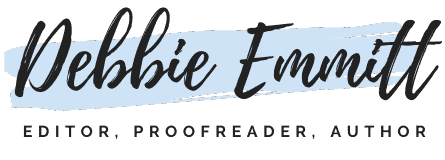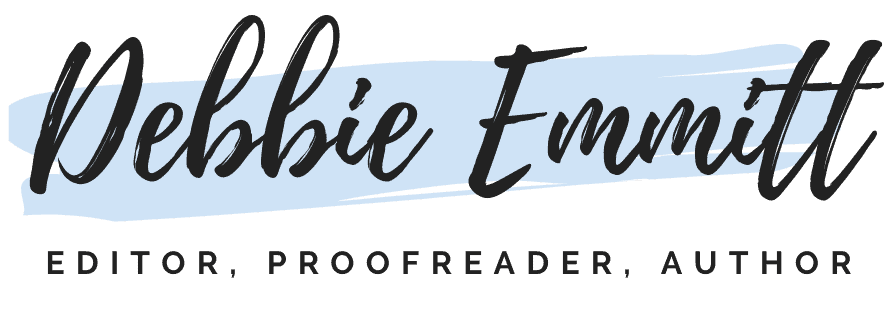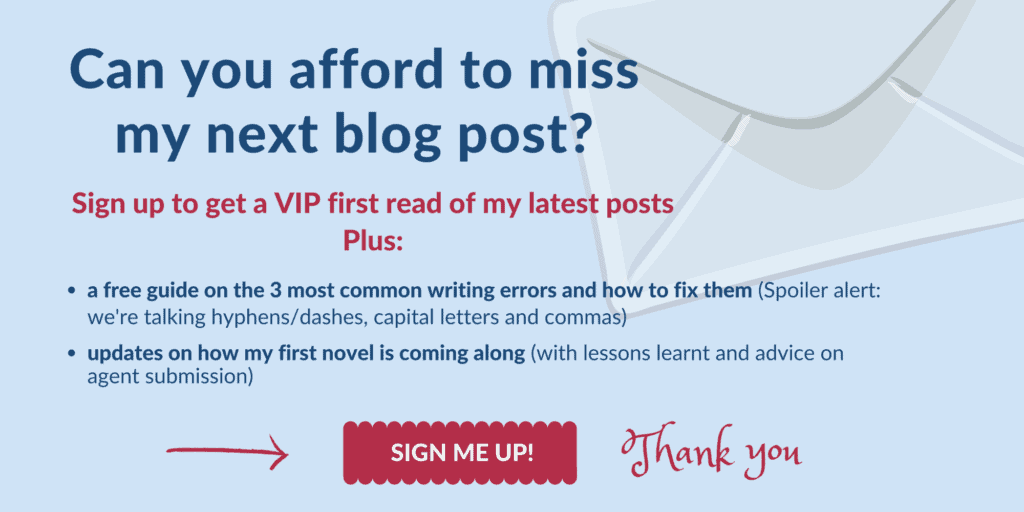
If you’ve never worked with an editor before, you may be wondering what is involved. How long does editing take? What happens during an edit? Keep reading to find out!
You’ve written a manuscript, a draft article or some web content, and you know the next stage is editing, but you aren’t sure where to start.
This blog post is the perfect starting place!
In this article, I demystify the process of working with an editor or proofreader and explain what is involved at each stage.
This article is mainly about working with an editor on a book manuscript, but much of the process is similar for other kinds of content. If you’d like to discuss your project, drop me a line with your questions!
Finding an editor
The first step is to determine the level of editing you need. If you are a first-time author, it is advisable to invest in developmental editing to ensure your book has a solid structure with strong character arcs, plot and storyline (no, plot and story are not the same thing!)
If you’re sure your book is soundly structured, the next stage is line editing, then copyediting (or a combo of the two). The final stage is proofreading, once your book has been designed and typeset.
An editor will rarely offer every level of editing, as each stage involves a unique set of skills and training. I don’t offer developmental editing but I do offer line editing, copyediting and proofreading.
Depending on the kind of content you have produced, you may need to plan ahead a fair way. Experienced editors of lengthy content, such as book manuscripts or academic theses, are often booked up months ahead. Even editors of shorter-form content may be booked up several weeks or months ahead.
Be prepared to do some research to find the right editor or proofreader. Several professional organisations provide lists of editors who have been vetted in some way.
Here are some reliable sources for finding editors and proofreaders (in alphabetical order):
- Alliance of Independent Authors (ALLi)
- Chartered Institute of Editors and Proofreaders (CIEP) (UK)
- Editorial Freelancers Association (EFA) (US)
- Editors Canada
- Institute for Professional Editors Limited (IPEd) (Australia and New Zealand)
- Professional Editors’ Guild (PEG) (South Africa)
- Reedsy
Read testimonials of editors’ previous work and look at their portfolio to see whether they have experience working with similar content to yours.
Carefully select around five editors who match your requirements and who have the skills and experience to work on your project.
Contacting an editor
Contact the editors on your shortlist with details of your project, including:
- style and genre
- word count
- deadline (if applicable)
- level of editing required (if known, although the editor can advise on this)
If you get a good vibe from this initial contact, they are available when you need them, and their quote is within your budget, request a sample edit. Editors can usually turn around sample edits fairly quickly (I do so within one to two weeks), even if they are booked up for months.
Expect to pay for this sample service as it takes time to produce quality work. Many editors take the cost of the sample edit off the price of the full edit if you end up hiring them.
It is a good idea to book sample edits from at least three different editors. Send them the same extract of text to ensure you are comparing like with like. Don’t try to get more for your money by sending out different extracts, as you will have a hard job selecting the right editor for your work and may end up wasting far more money on the full edit.
Each editor will have a different style and different strengths, so carefully examine the completed sample edits and pick the editor who ticks the most boxes for you.
I am always happy to have a video call at any stage before the project. This allows you to ask questions about the editing process and check whether we’re a good fit to work together.
What happens before the edit?
The process will differ from editor to editor, so I will explain what happens when you work with me (as I don’t want to speak for my peers!)
Once you have decided to hire me for your editing or proofreading project, I ask for a 50% advance payment upfront to secure the slot in my calendar. I’ll send you an invoice for this and a confirmation of receipt of payment.
The remaining 50% is due when I return the edited manuscript to you. I may also agree to four payments rather than two if this helps your cash flow, the due dates of which we will decide on in advance.
We will agree on other details, such as:
- the file format of the manuscript (usually MS Word for a line edit or copyedit, PDF for a proofread)
- whether you would like me to sign an NDA
- the date by which you will send me the manuscript
- the length of time the project will take and the latest date by which I will return the completed project
I will also send you a link to the Contract of Services page on my website, to dot the i’s and cross the t’s!
At least 24 hours before I’m due to start the edit, you will send me your final draft of the manuscript. You can send it several weeks before if you’d like to wash your hands of it for now; it’s up to you!
When I receive your manuscript, I will check I can open it. This saves any delays caused by technical issues when I sit down to start the edit. I will save two copies of the file – one with the original name, the other appended with my initials ‘DE’. This will be the copy I work on and return to you.
What happens during the edit?
Now the magic happens! You can sit back and relax, knowing your hard work is in safe hands.
Act One
On the first day of your edit, I don’t do any editing as such. At least, not the kind of editing you’re imagining! Let me explain.
I start by creating two documents bespoke to your project, which I will populate as I work through the edit:
- Style sheet – This will show details of editorial decisions made and language styles used. It is useful to ensure consistency now and in the future. For fiction edits and certain genres of nonfiction, the style sheet also includes detailed lists of characters, locations and a timeline of events.
- Editorial report – This will indicate what works well in your manuscript and recurring issues that may have cropped up. My clients love this report, as it helps them to improve their writing!
I then carry out lots of preliminary checks on your manuscript as a whole, before diving into the micro, line-by-line view. These checks include:
- Carrying out search-and-replace processes to change double spaces to singles, remove spaces at the ends and beginnings of paragraphs, change straight quotes to curly quotes and more. Most of these changes are made ‘silently’, without Track Changes turned on.
- Running macros to check for inconsistent spelling of proper nouns and other issues that may have flown under your radar.
- Running PerfectIt, a professional editing tool that checks for inconsistencies across a range of areas.
If I’m carrying out an edit in Word, I also apply Word styles at this stage. This will make the typesetting stage easier for you or your typesetter. I mark chapter headings with a consistent style and ensure this style includes a page break beforehand, overriding any manual page breaks that have been forced by hitting the Enter key repeatedly (this would cause havoc at the typesetting stage!) I also make sure the first paragraphs of chapters and sections within chapters are outdented and normal paragraphs are indented, according to convention.
Act Two
Now that the basic housekeeping is out of the way, the real editing can begin in earnest!
This is the meat of the project and takes the longest time of the three ‘acts’. This stage is the first detailed read-through, during which I make the vast majority of edits (usually running into thousands of suggested changes).
Depending on the level of editing you have ordered, I look for different things during the edit.
A line edit looks at many elements, including:
- line-by-line word choice
- consistency of writer’s voice and tone
- overall flow and pacing
- repetition, clichés, malapropisms
- confusing phrasing
- telling and showing
- issues with point of view (POV)
A copyedit is more of a technical edit and looks for issues such as:
- errors in grammar, spelling and punctuation
- inconsistencies in the text
- factual inaccuracies
- consistency of tense, tone and language
- use of capitalisation
- transitions between sections, chapters and parts
A combo line and copyedit includes everything involved in a line edit and copyedit.
A proofread is a final check of your book once it has been typeset and designed, checking for elements such as:
- errors in grammar, spelling and punctuation
- inconsistencies in the text
- layout issues (e.g. elements misaligned)
- formatting issues (inconsistency of headings, fonts and more)
- errors on the front and back covers
As I work carefully through the edit or proofread, I fill in the style sheet and editorial report so you can see why I’ve made certain changes and to keep everything consistent. These documents will also be useful for other editors and proofreaders down the line, if applicable. They will also be beneficial to you as a writer, as they will help you hone your writing skills.
Act Three
The last stage of the editing process is a final read-through to ensure I haven’t missed anything (I always see something!). I especially enjoy this stage because by now I am familiar with the structure and the story.
During this stage, I also finalise and check the style sheet and editorial report so they are in shipshape when I send them to you!
What happens after the edit?
Once I have finished the edit or proofread and tidied up the style sheet and editorial report, I return all three documents to you via email. I also send the final invoice, which is due on receipt of the completed edit.
If you have requested a ‘clean’ copy as well (with all tracked changes accepted and with or without comments), I send this too. However, you can easily toggle changes and comments on or off within Word, so receiving a clean copy isn’t strictly necessary.
I remain available for a couple of weeks after the edit to answer any queries you may have.
I also make a donation to Just One Tree – one tree for every 20,000 words edited. Find out more about how I’m a sustainable editor.
When your book is out in the world, let me know! I often promote my clients’ books across my social media platforms.
Find out more
I specialise in the following but also edit a variety of other content:
- books set in France
- mysteries and thrillers
- historical fiction
- memoirs and autobiographies
- web content
If you would like more details about what it’s like to work with an editor or proofreader, I’d love to hear from you!
Please get in touch and we can talk about your project, no matter what stage it’s at.
Disclosure: Some of the links on this page are affiliate links. This means, at zero cost to you, I will earn an affiliate commission if you click on the link and finalise a purchase. This helps me to keep this website running. I only recommend products and services that I trust and am comfortable endorsing. Find out more.









Leave a Reply